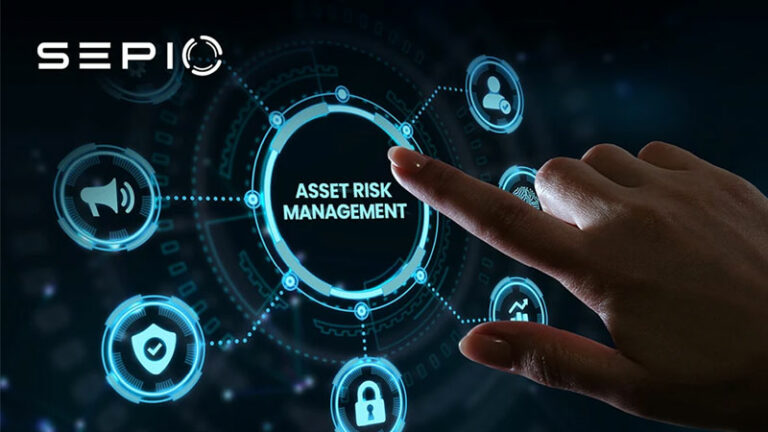Creating and managing an IoT device inventory means keeping a list of all smart devices connected to your network. This list should include key details like the device name, type, brand, model, serial number, IP and MAC addresses, where it’s located, and who is responsible for it.
An IoT device inventory is a key part of any strong cybersecurity plan. It helps organizations see, manage, and protect all their connected devices. As the number and variety of IoT devices grow, keeping an up-to-date inventory becomes even more important. It helps reduce risks and defend against cyber threats.
IoT Device Inventory
The huge number of IoT devices, from sensors and cameras to medical tools and smart appliances, has created a complex and scattered device landscape. Many organizations struggle to keep track of them. These devices often differ in how secure they are, how often they need updates, and what kind of network access they have. When left unmanaged, they can become easy targets for cybercriminals, leading to data breaches or even physical damage.
An IoT device inventory allows organizations to understand their attack surface, ensuring that all devices are recognized, inventoried, and actively monitored. Without an accurate IoT inventory, devices could be left unchecked, potentially exposing sensitive data or vulnerable systems to exploitation. Furthermore, as the threat landscape continues to evolve, it is crucial to prioritize high-risk assets within the IoT inventory to enable proactive management and mitigation of cybersecurity risks.
Federal IoT Device Inventory Cyber Security
On December 4, the White House, through a memo released by the Office of Management and Budget (OMB) Director Shalanda Young, emphasized the urgent need for federal agencies to prioritize the creation of Internet of Things (IoT) device inventories by the end of the fiscal year 2024. This initiative is aimed at enhancing the cybersecurity infrastructure of the United States Government.
The memo is clear in its directive. “Agency Chief Information Officers (CIOs) will establish an enterprise-wide IoT inventory of their agency’s assets to enhance the U.S. Government’s overall cybersecurity posture and to help ensure the integrity of systems.”
Why IoT Device Inventory Matters
“Agencies must have a clear understanding of the devices connected, IT/OT/IoT inventories, within their information systems to gauge cybersecurity risk to their missions and operations,” states the Office of Management and Budget (OMB) memo.
Today, the world is more connected and automated than ever. IoT devices bring new and more complex ways for cyber threats to happen.
Additionally, the 2020 IoT Cybersecurity Improvement Act, mandating the National Institute of Standards and Technology (NIST) to establish guidelines for IoT devices. This law is important because it shows how agencies should follow NIST’s guidelines. Doing so helps reduce security risks more effectively.
Sepio’s Role in IoT Device Inventory
As a leader in IT/OT/IoT security, Sepio helps federal agencies meet the urgent need for full visibility into their connected devices.
Our expertise supports agencies in tracking, managing, and securing IoT assets, ensuring they follow federal rules and best practices.
With Sepio’s advanced tools, agencies gain unmatched visibility, control, and protection over their IoT environments, reducing risk and strengthening their security posture.
Sepio’s Discovered Assets: Visibility and Control
Sepio’s solution doesn’t monitor network traffic, but still gives agencies full visibility into all connected devices, both wired and wireless.
This is especially important in light of the Office of Management and Budget (OMB) guidance, which states:
“An IoT inventory management solution enables agency CIOs and CISOs to see all connected devices and systems, apply the right controls, and make smart, risk-based decisions to reduce cybersecurity threats.”

Alignment with NIST Standards
Sepio’s cybersecurity approach aligns with the NIST Cybersecurity Framework.
Our solution helps agencies keep their IoT device inventories and networks in line with NIST standards. This strengthens their overall security and ensures compliance with federal guidelines.
Risk Assessment and Mitigation
Understanding and reducing risks tied to IoT cybersecurity is a key part of the OMB directive and aligns with other policies like NDAA section 889b.
Sepio’s advanced risk assessment tools help agencies spot and stop threats before they cause harm. This supports the OMB’s goal of building a secure and resilient infrastructure.
Supporting Specialized Security Needs
With the Office of Management and Budget (OMB) indicating the formation of a working group for IoT and OT security best practices, Sepio’s experience across various sectors—focusing on converging OT, IT, and IoT under a unified Cyber-Physical Systems (CPS) solution, breaks away from the inefficient siloed approach and positions Sepio as a valuable resource for this initiative.
Secure Your IoT Device Inventory with Sepio
As government and federal agencies prioritize securing their IoT inventories, Sepio’s advanced solutions are more crucial than ever. Our expertise aligns with the Office of Management and Budget (OMB) directives, helping agencies build a secure and resilient digital infrastructure. With increasingly sophisticated cyber threats, Sepio stands as your trusted partner in safeguarding IoT ecosystems.
Ready to strengthen your cybersecurity posture? Schedule a demo today and discover how Sepio can protect your IoT device inventory and networks.






